As a history undergraduate in UCD 30 years ago, I spent considerable time studying Anglo-Irish relations. The main focus was on high politics and diplomacy and one of our professors, Ronan Fanning, was quick to remind us of the observation of the Irish Free State’s first minister for external affairs, Desmond FitzGerald, who maintained, “England is our most important external affair”. Fanning added that for the first 20 years of the state’s existence “England was not so much our most important external affair, as Ireland’s only important external affair.”

As I developed my own research interests in subsequent years, it struck me that the politics of Anglo-Irish relations was only one part of a complex story. Anglo-Irish conundrums, ties, distances, absorptions, rejections and misunderstandings have never just been political but also economic, social, cultural, personal and profoundly emotional. Looming over all those connections is emigration and all the entwinements it signifies. The historic Irish forays to Britain have been remarkable in their volume; more than 3 million Irish-born people have emigrated to Britain since 1600; in the 20th century alone, 1.6 million Irish left for Britain, more than twice as many as went to North America. One in three people under the age of 30 in 1946 had left the Irish Republic by 1971. Over 400,000 left Ireland in the 1950s while later, gross emigration for the period 1983-1993 amounted to 472,300, with 70,600 emigrating in 1989 alone, the year I left school. With the last economic crash came another exodus; the Central Statistics Office estimated 89,000 people left Ireland between April 2012 and March 2013.
There was too much silence about those people and their experiences. For something so pervasive and such an obvious safety valve, there was a reluctance to speak about it. In February 1946, Fine Gael leader Richard Mulcahy, then leading the opposition, was accused by the governing Fianna Fáil party of being “an emigrating agent or recruiting sergeant for another country” because he had dared to describe some of the attractions England offered to Irish citizens. The use of such loaded and militaristic language harked back to the traditional nationalist response to emigration and was regarded by an Irish Times editorial writer as indicating there were members of the government “who resent any public mention of emigration. That attitude is both wrong and unhelpful. The labourers and the unemployed of this country know perfectly what Great Britain has to offer them and there is no point in any effort to conceal the facts.”
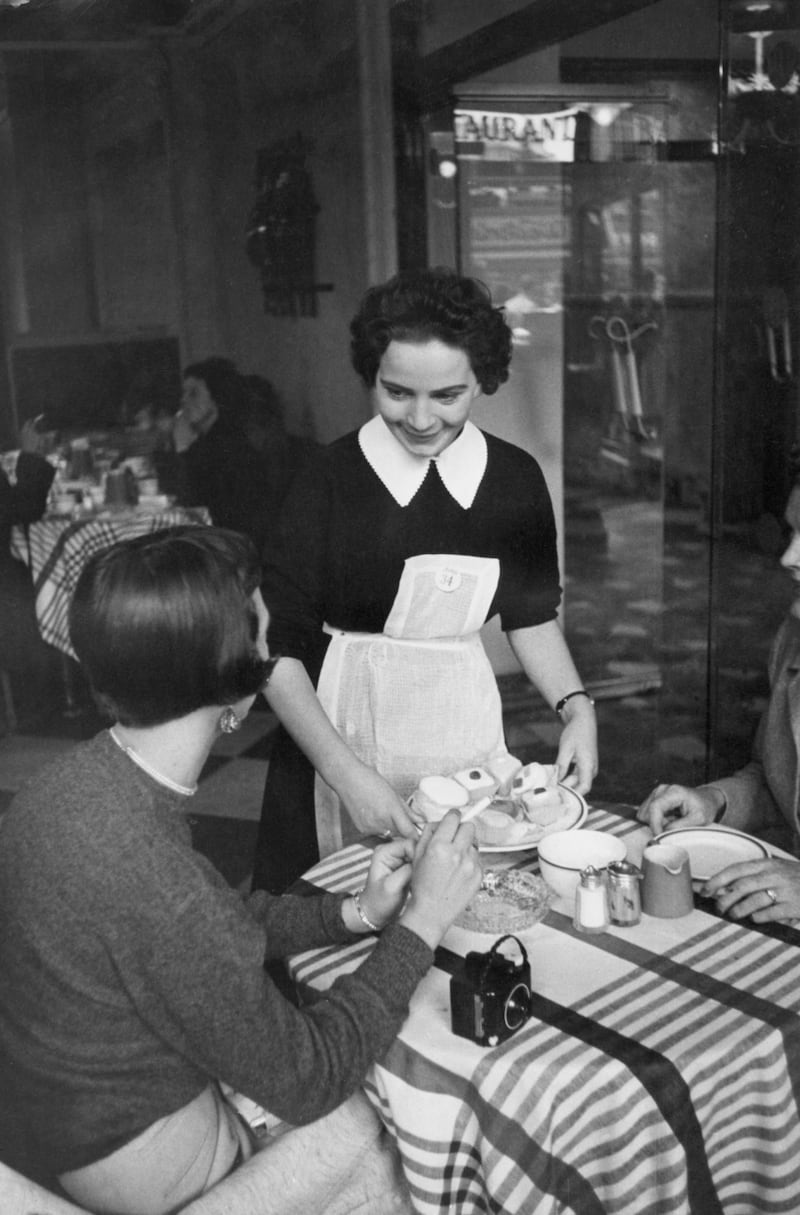
The dislocation nonetheless caused considerable pain; in the words of Irish writer and 1950s emigrant Donal Foley, many who left Ireland that decade had to cling to “the comradeship of adversity”. But many others did well; the hierarchy of the London-Irish always created conflict and frustration, partly because the Irish were just as capable of exploiting and ill-treating their fellow natives as the English, and partly because of the belief that the term “Paddies” was a liability. These fault lines were brought out strongly in Jimmy Murphy’s raw play The Kings of the Kilburn High Road (2000).
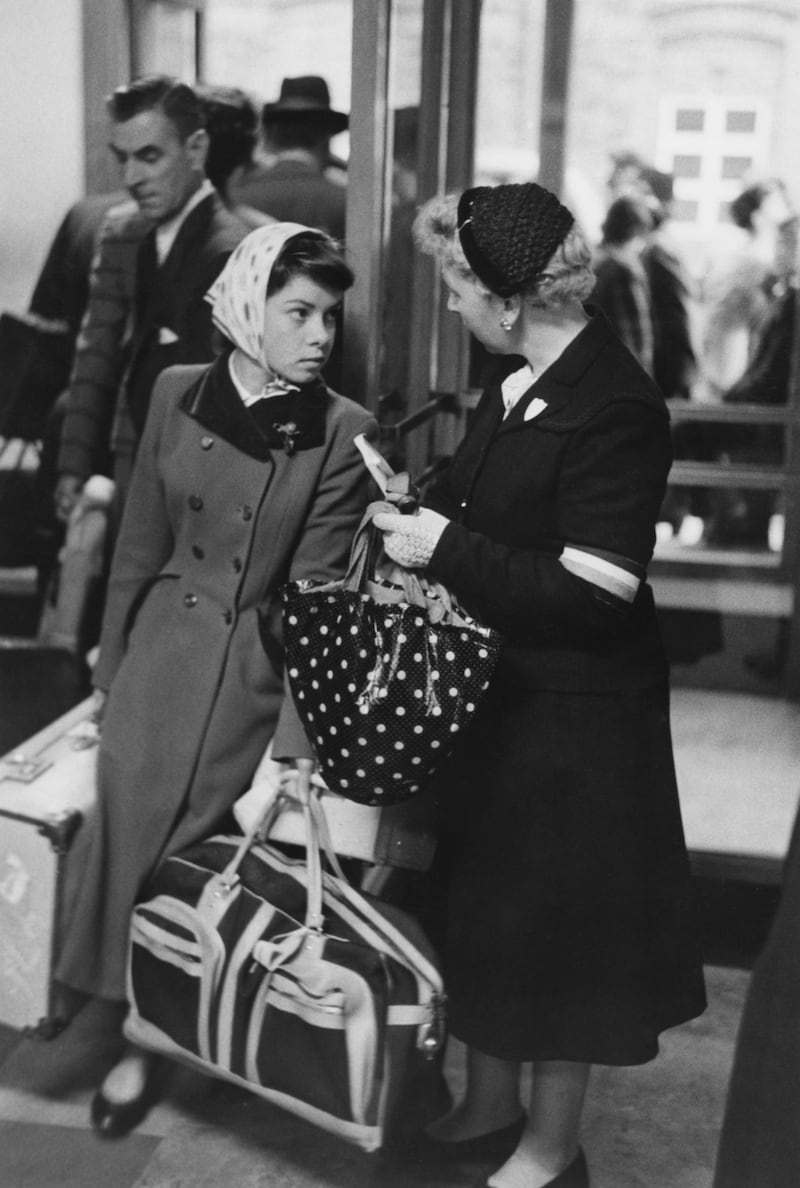
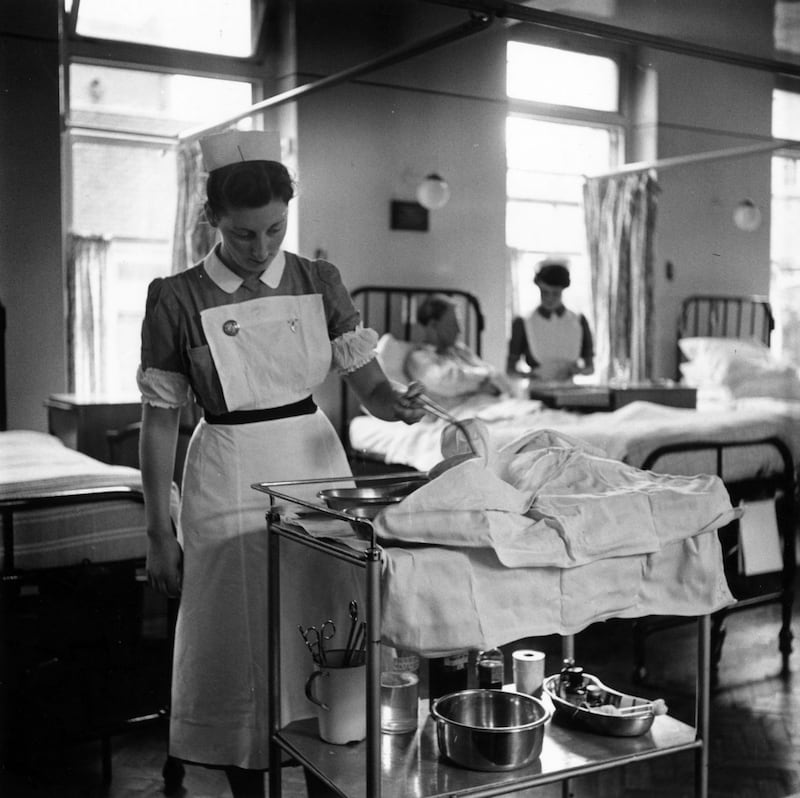
In 1956, Ireland’s Commission on Emigration, which had convened in 1948, stated that emigration had become “a part of the generally accepted pattern of life”. That did not make it any easier; consider, for example, John Healy’s book Death of an Irish Town (1968), when he wrote of the emigrant train leaving Mayo in the 1950s: “The Guard’s door slamming shut was the breaking point: like the first clatter of stones and sand on a coffin, it signalled the finality of the old life. The young girls clutched and clung and wept in a frenzy”. The Commission’s report also suggested that emigration weakened “national confidence and pride” but was also a conservative influence, as the scale of the exodus diluted the need for “drastic action”. In providing the remaining population “with a reasonably satisfying standard of living” emigration, the report argued, made people apathetic about domestic underdevelopment. It is estimated Irish emigrants in Britain sent the contemporary equivalent of €5.7 billion back to Irish families between 1940 and 1970.
While many of those who left thrived, the loneliness or sense of banishment crushed others. An Irish psychiatric nurse working with some of the older Irish in Britain in 2004 commented “we’re finding deep wells of sadness in ordinary human lives”.
At the Irish Centre in Hammersmith in 2016 I interviewed different generations of Irish emigrants, including a 92-year-old man from Killarney, who emigrated in 1946 and was still angry about his forced exile. Another emigrant I spoke to was a 70-year-old woman reared in an orphanage in Cork who was sent over to London at the age of 16 and had only recently told her large family about her childhood.
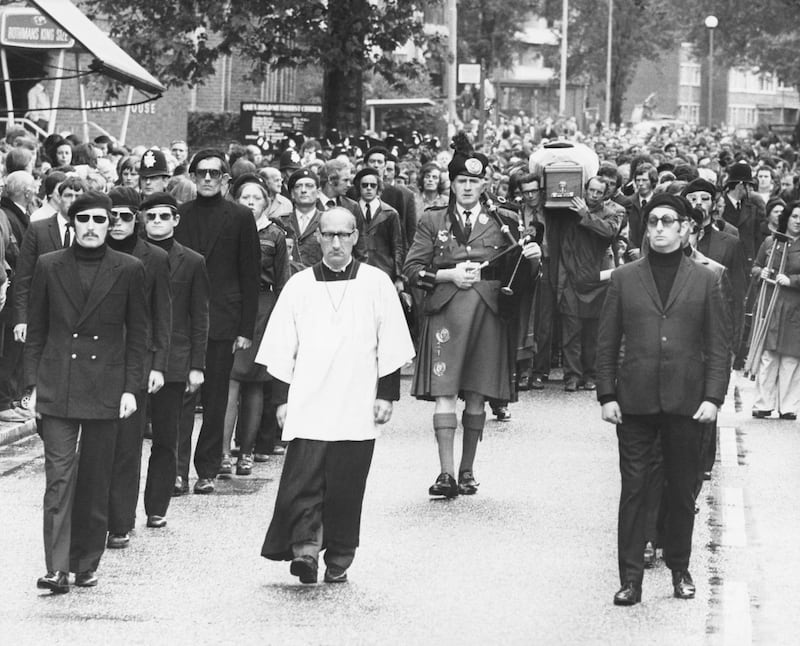

London, it seemed, was both refuge and punishment, providing anonymity and jobs but also a feeling of displacement. There was one song in particular I thought of that day, Missing You, written by Jimmy McCarthy and sung by Christy Moore in the 1980s. Evocative and raw, it captures the anger, regret and loneliness associated with some of the Irish in “London in the nobody zone” and the baggage carried by emigrants who often wondered about a return to Ireland but realised that going back might be as difficult as staying. It finishes with the line “And I’ll never go home now because of the shame of a misfit’s reflection in a shop window pane”. The Irish in Britain are now the oldest ethnic group there and the most likely to live alone.
The power and value of Catherine Dunne’s book is that it gives a voice to those men and women (more Irish women than men emigrated from 1946-51) who moved through places like Cricklewood and Kilburn in the 1950s and 1960s. Catherine is attuned to the emotional and psychological impacts of emigration and a history associated with it that is knotty, multi-layered and contradictory, encompassing guilt, shame, mobility, progress, dislocation, tragedy, separation and adjustment.
Although many did not mean to stay long term, the reality, as succinctly said by one of the women Catherine interviewed, was “there was nothing to return to”. The ambiguity towards the emigrants left some feeling they did not belong in either country, and they were sometimes depicted as disloyal and self-seeking. Dunne’s interviews with the emigrants about their experiences highlight the importance of community bonds and the social networks provided by recreation such as the dances in the Hammersmith Palais, and for some, feelings of freedom from prying eyes and moral suffocation in Ireland.
Some women were keen to escape Ireland and as Dunne points out, to avoid the destiny of their mothers. This reminded me of Irish novelist Seán O’Faoláin’s contribution to The Vanishing Irish, a controversial book about Irish emigration published in 1954. He referred to a conversation he had with a young woman who explained why she did not wish to marry, and why so many women emigrated from Ireland in the 1940s and 1950s: “I saw what my mother went through– not for me, thank you”.
Her response should serve as a reminder that the historian cannot look for the birth of female opposition to, or anger with the status quo in the late 1960s and early 1970s. Many Irish women were questioning the roles prescribed for them in a paternalistic Irish State during earlier decades, but this book is also of great relevance to the wider history of Ireland’s treatment of vulnerable women and the reliance on institutions, with pregnant girls arriving on the morning mail train with babies then born and adopted.
The personal testimony offered by Dunne’s interviewees also includes accounts of racism and exploitation (sometimes by their fellow Irish who could also be unscrupulous landlords), alcoholism and the pub as a place of wage transfer.
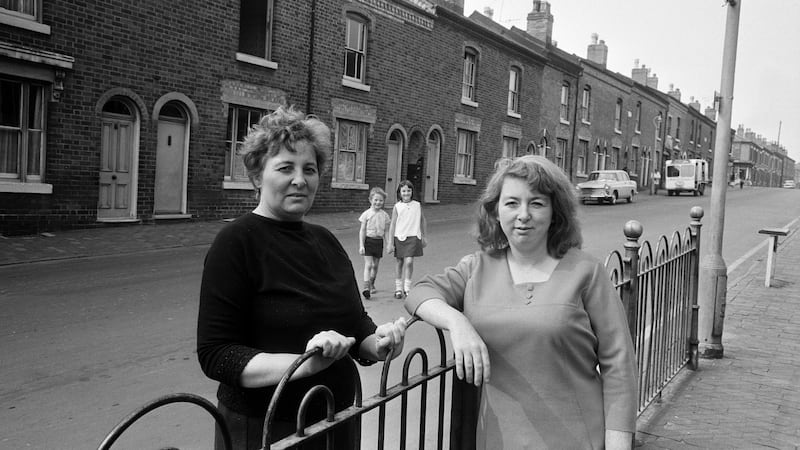

The Catholic Church was often the only institution providing support, but this book also reveals divergence in faith and devotion and the challenge of maintaining piety and religious observance in a more materialistic and secular culture. These interviewees are largely devoid of self-pity, despite the pressures created by the Troubles in Northern Ireland and its ramifications in the wider UK, but there is also much positivity about the emigrants’ relationship with their host country. Some of the children of the emigrants embraced their Irish heritage; others wanted nothing to do with it.
As Dunne sees it, “the necessity to understand the experience” of that generation of emigrants is paramount, especially as research in the late 1990s revealed the Irish in England faring poorly in relation to physical and mental health and homelessness compared to other ethnic minorities. Those Irish who came after the 1950s and 1960s – in the 1980s or early 2000s – tended to be better educated, but there were still plenty of “old-wave” type emigrants who were semi-skilled or unskilled.
Dunne’s return to Kilburn and Cricklewood in 2008 underlined that the ethnicity of the area had altered: “The Irish had moved on; the next immigrants’ families had moved in, in search of better lives, just as those before them had done”.
The situation in Ireland during that era had changed profoundly with the population of non-nationals increasing roughly eightfold from 50,000 in 1998 to 420,000 in 2006, which Dunne’s describes as “a strange reversal of our history”. Ireland’s population had become much more diverse and one of the lessons of this book is that we had and continue to have a duty to welcome new arrivals.
We also have an obligation to remember those who left Ireland and that we have a writer as humane, lyrical, honest and insightful as Catherine Dunne to assist in that remembrance makes it a very rewarding task.
An Unconsidered People has been reissued by New Island Books with a new chapter by the author, Catheirne Dunne, and this foreword by Diarmaid Ferriter, Professor of Modern Irish History at University College Dublin


















